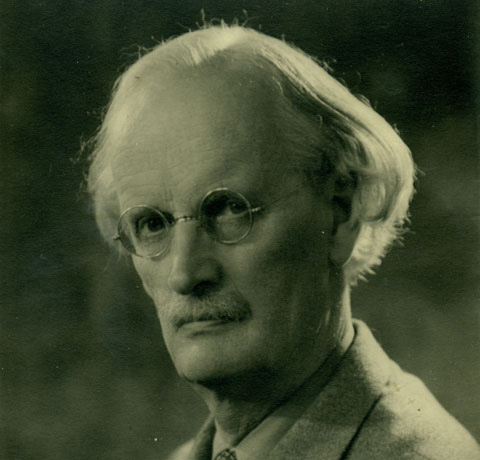The legacy of auguste piccard
There are not many ski resorts, or anything else for that matter, whose popularity can be traced back to a record-breaking hot air balloon crash and an associate of Albert Einstein.
But for the people of Obergurgl, a now-thriving glacial resort village in the Ötzal Alps in Tyrol, Austria, those two rather-curious factors would be the trigger for a huge boom in business back in 1931, that would end up redefining their future.
The man whose misfortune is to thank for the commerce? Auguste Piccard, a 6ft 6” physicist and inventor born in Bern, Switzerland in 1884 with a particular passion for exploration and investigation, and an oddly consequential string of bad luck.

Auguste Piccard was fascinated in science from a young age, studying physics and chemistry at the Swiss Federal Institute of Technology, becoming a doctor of science and participating in a range of revolutionary studies. He even collaborated with Einstein to design instruments used to measure atmospheric radioactivity.

 The Swiss-born Belgian citizen was particularly renowned for his studies of cosmic rays, and became obsessed with the idea of reaching the stratosphere to extend his research and further investigate Einstein’s theory of relativity.
The Swiss-born Belgian citizen was particularly renowned for his studies of cosmic rays, and became obsessed with the idea of reaching the stratosphere to extend his research and further investigate Einstein’s theory of relativity.







